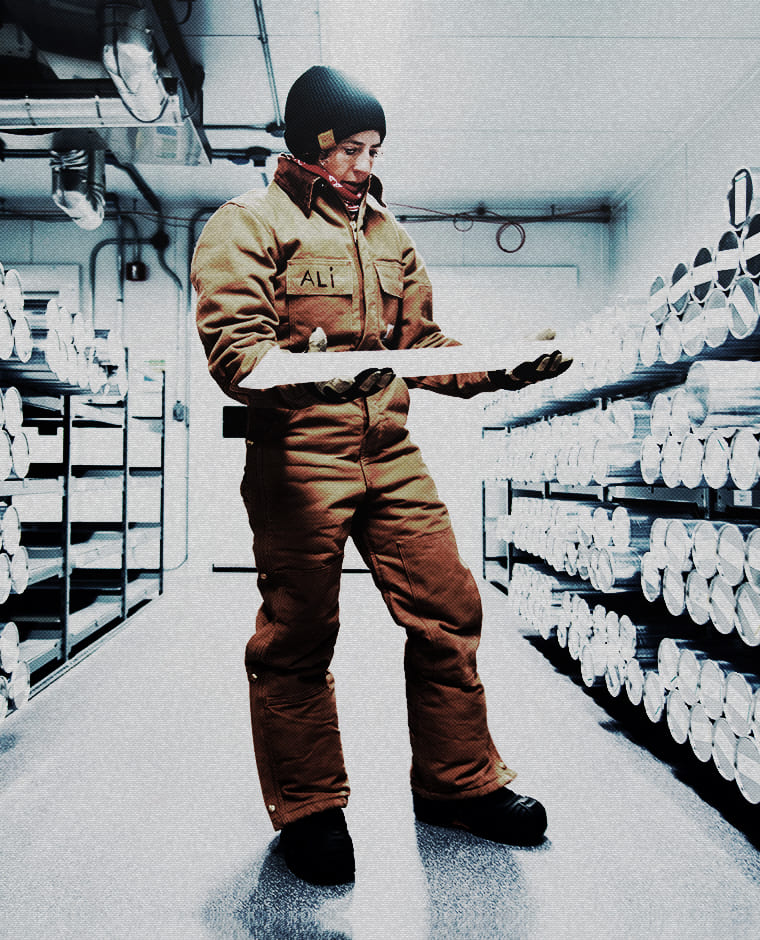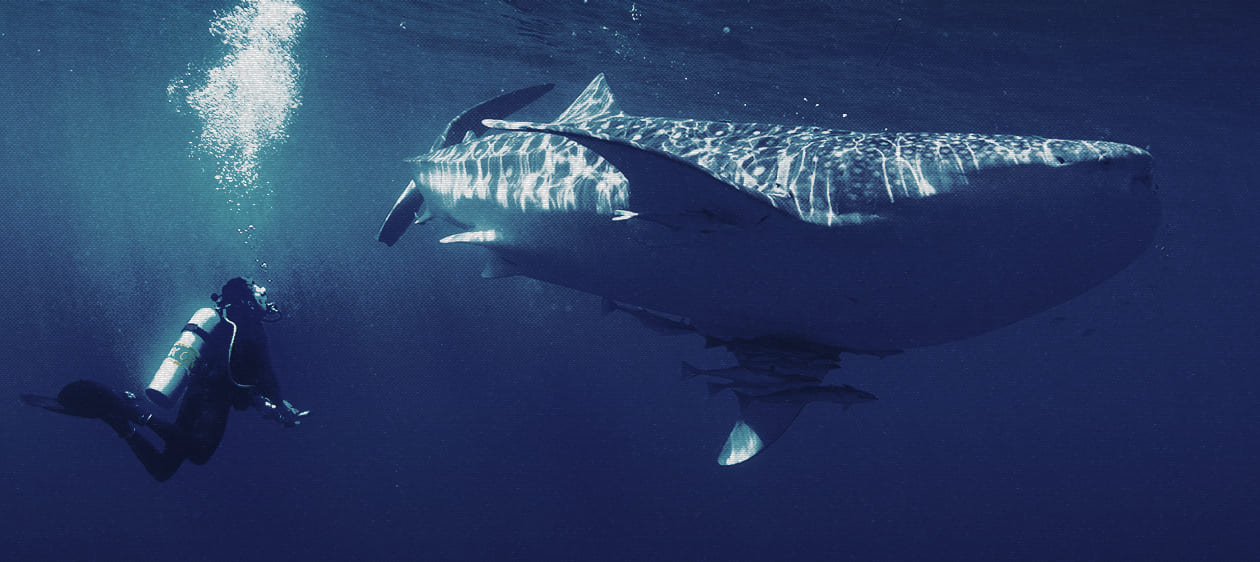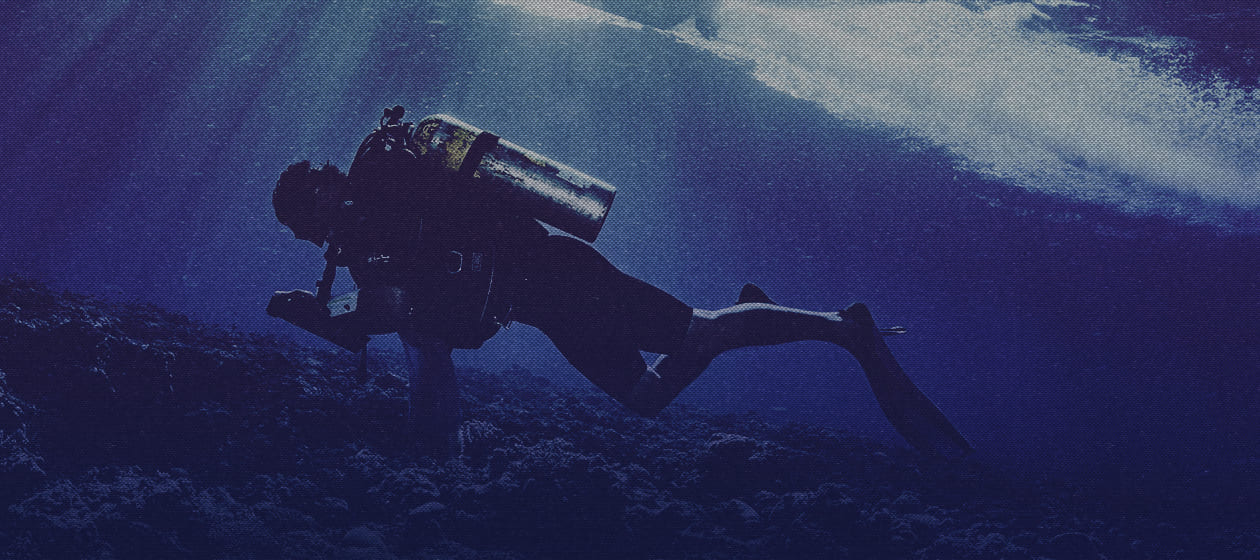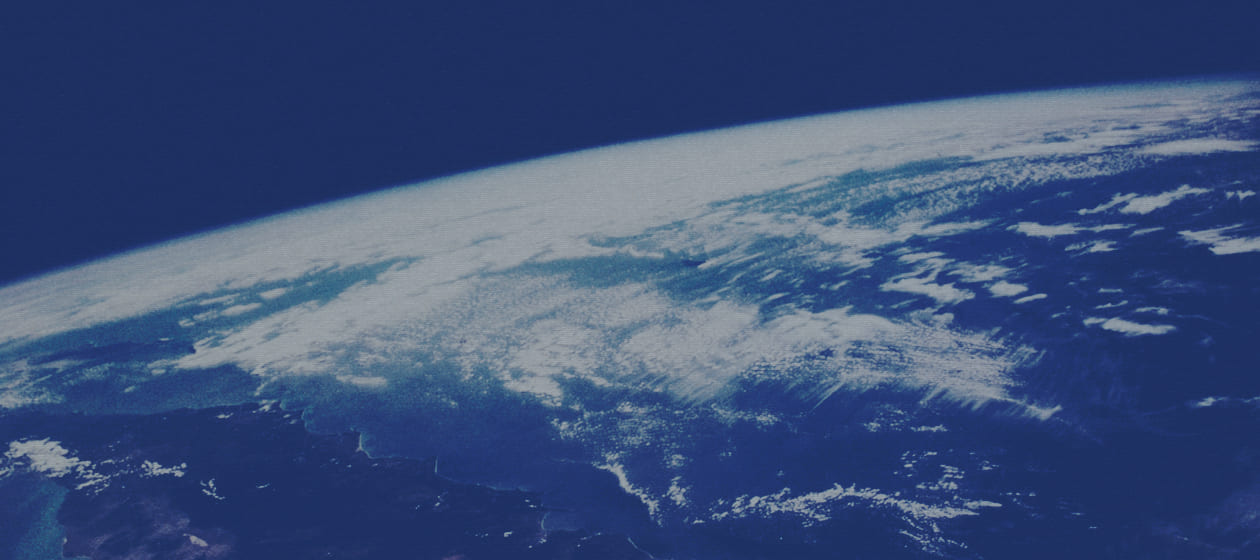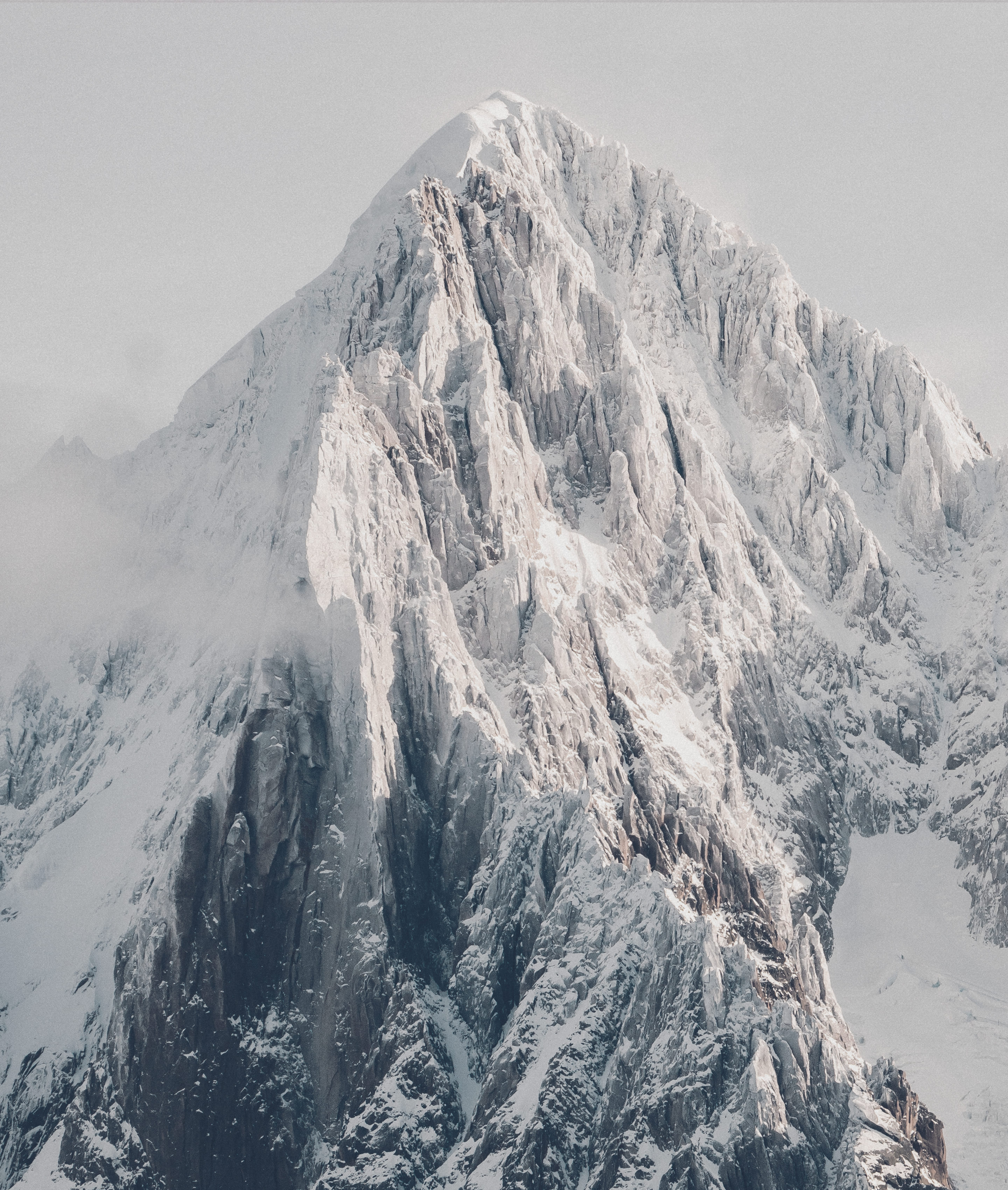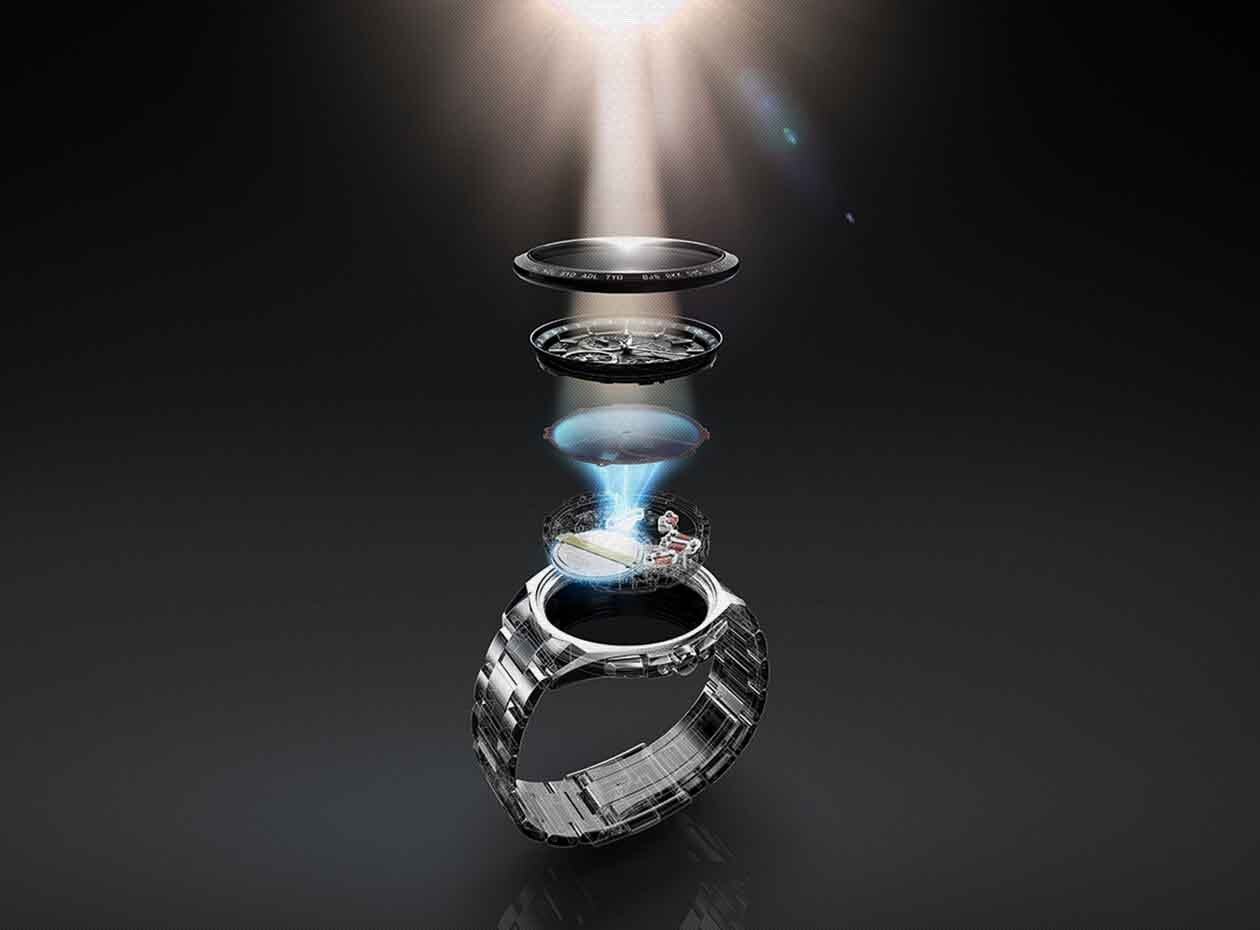THE FUTURE ISTHE POSSIBLE
Save the BEYOND A WORLD WITHOUT GLACIERS
THE MOVIE
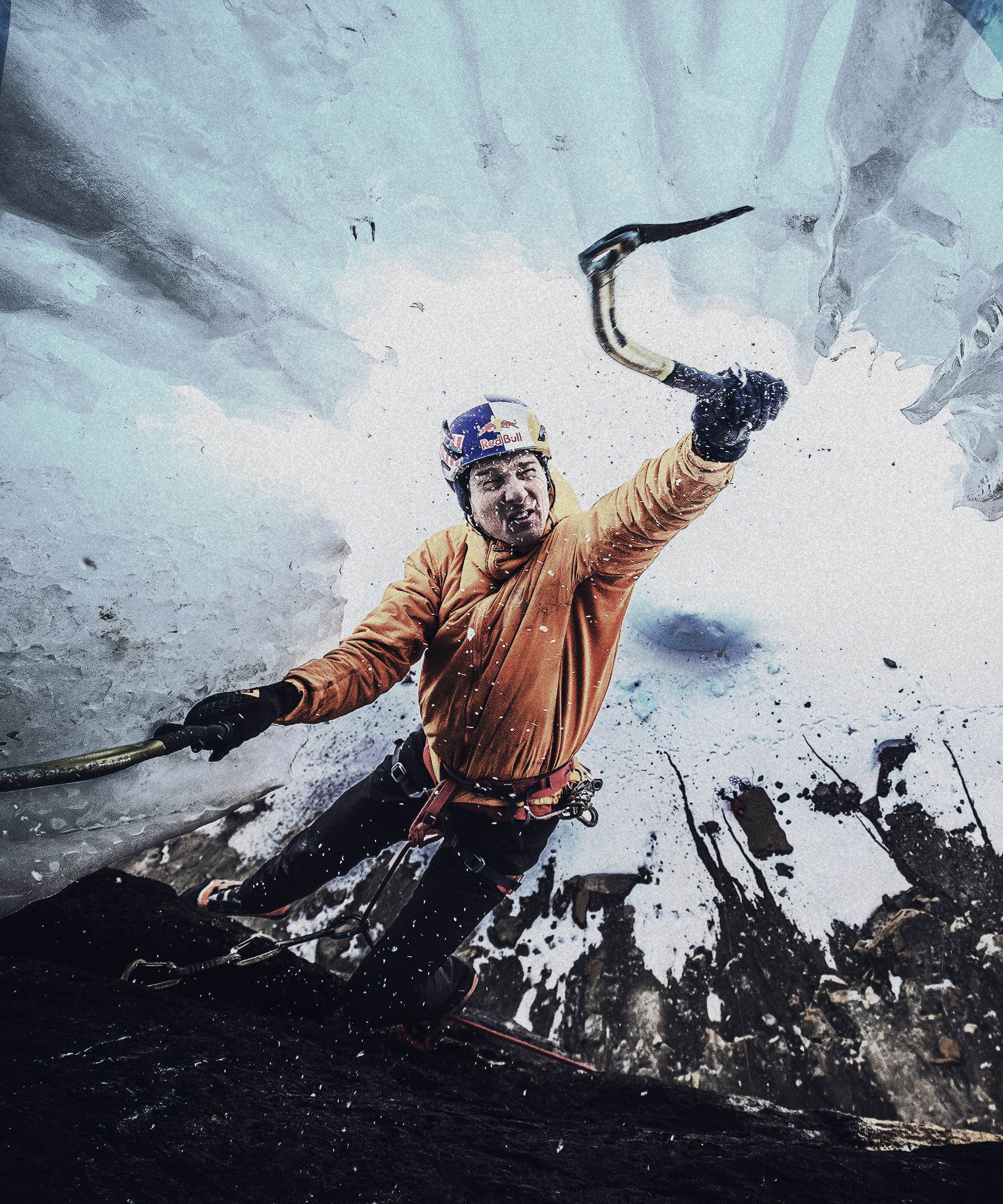
Photo by John Price
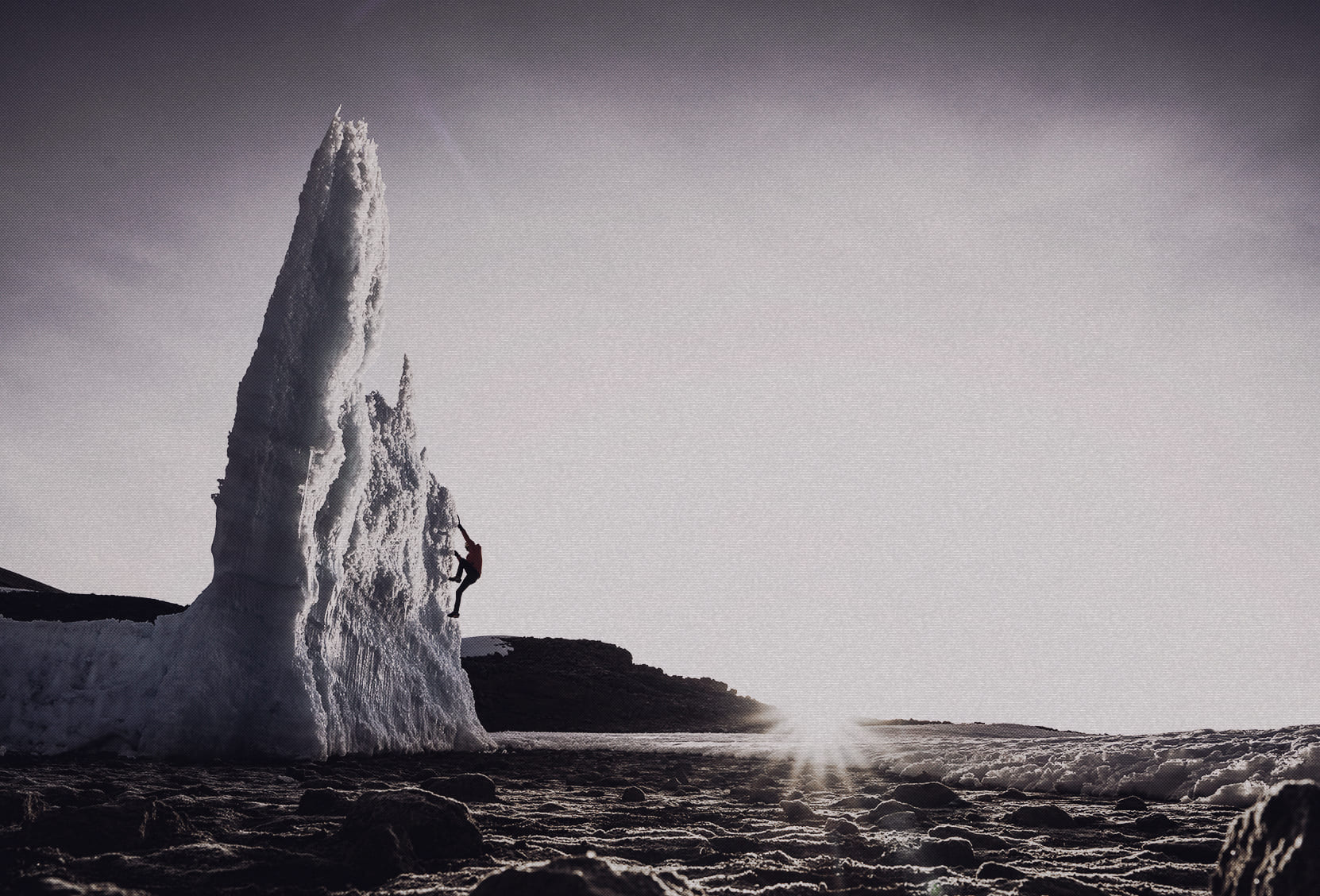
Photo by Christian Pondella
(02)


“THE ICE ON KILIMANJARO IS DISAPPEARING AT AN EXTREMELY RAPID RATE.”
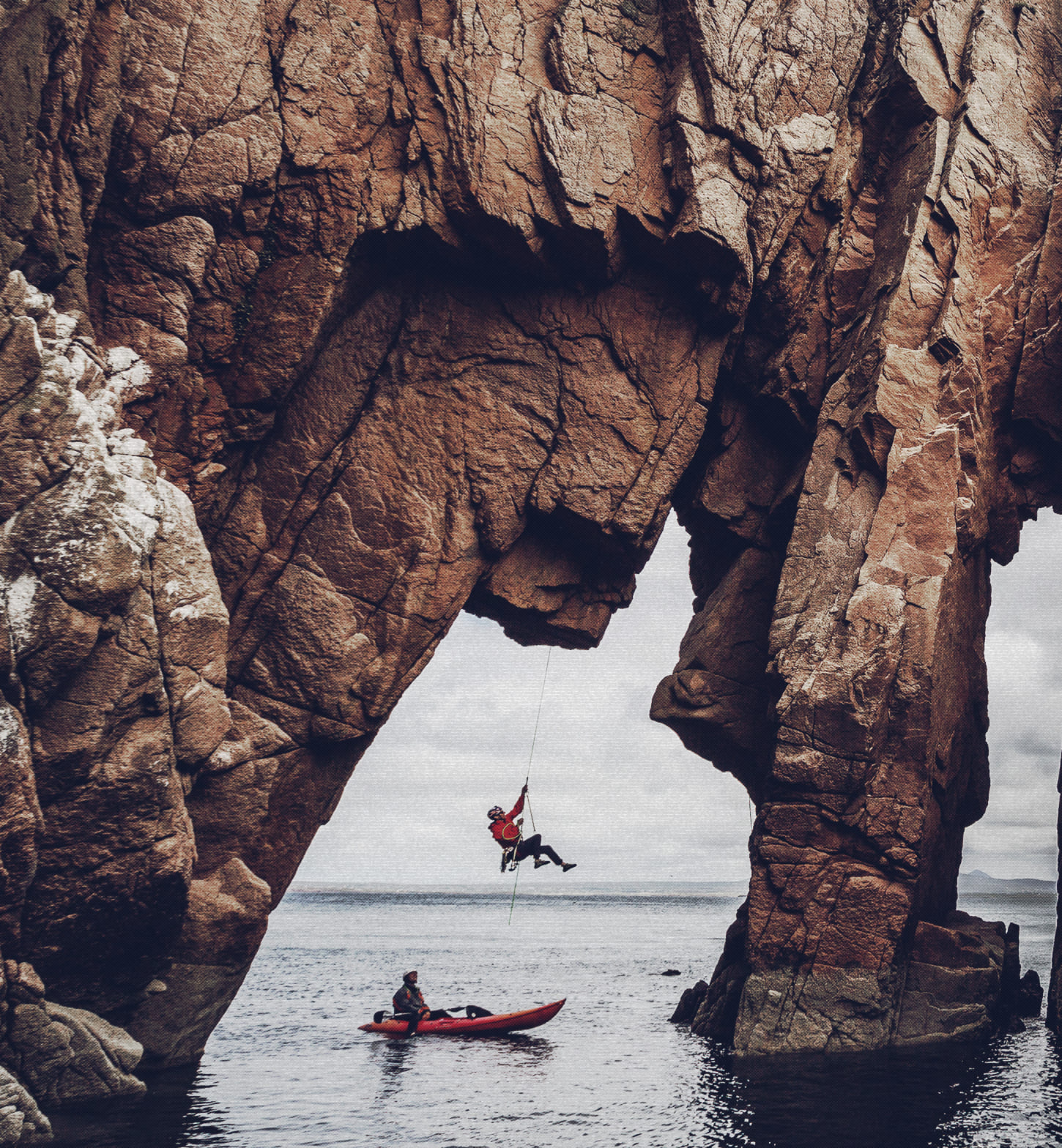
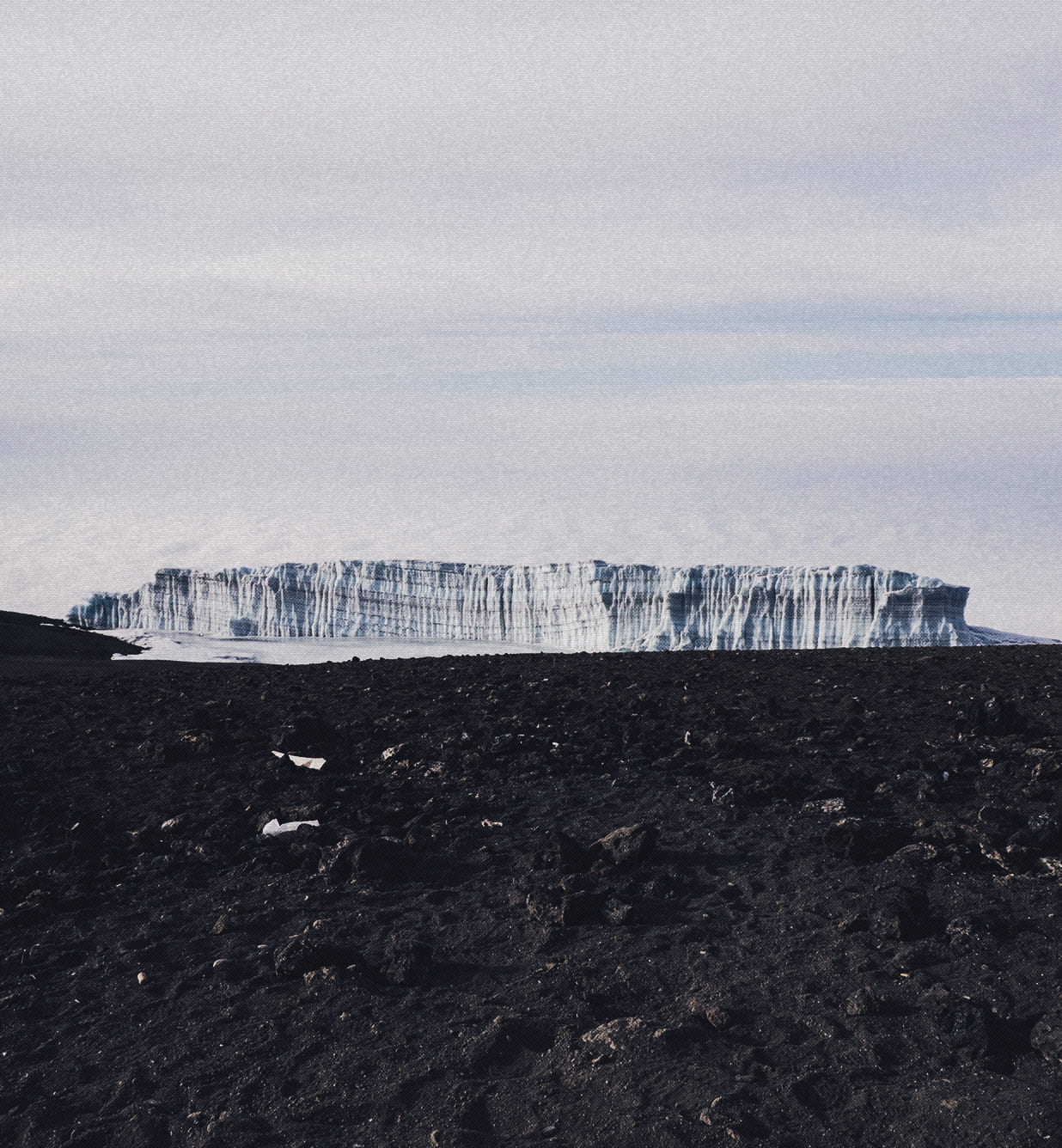
“WE FOLLOWED THE WATER DOWN UNDER THE GLACIER.” “WE FOLLOWED THE WATER DOWN UNDER THE GLACIER.”
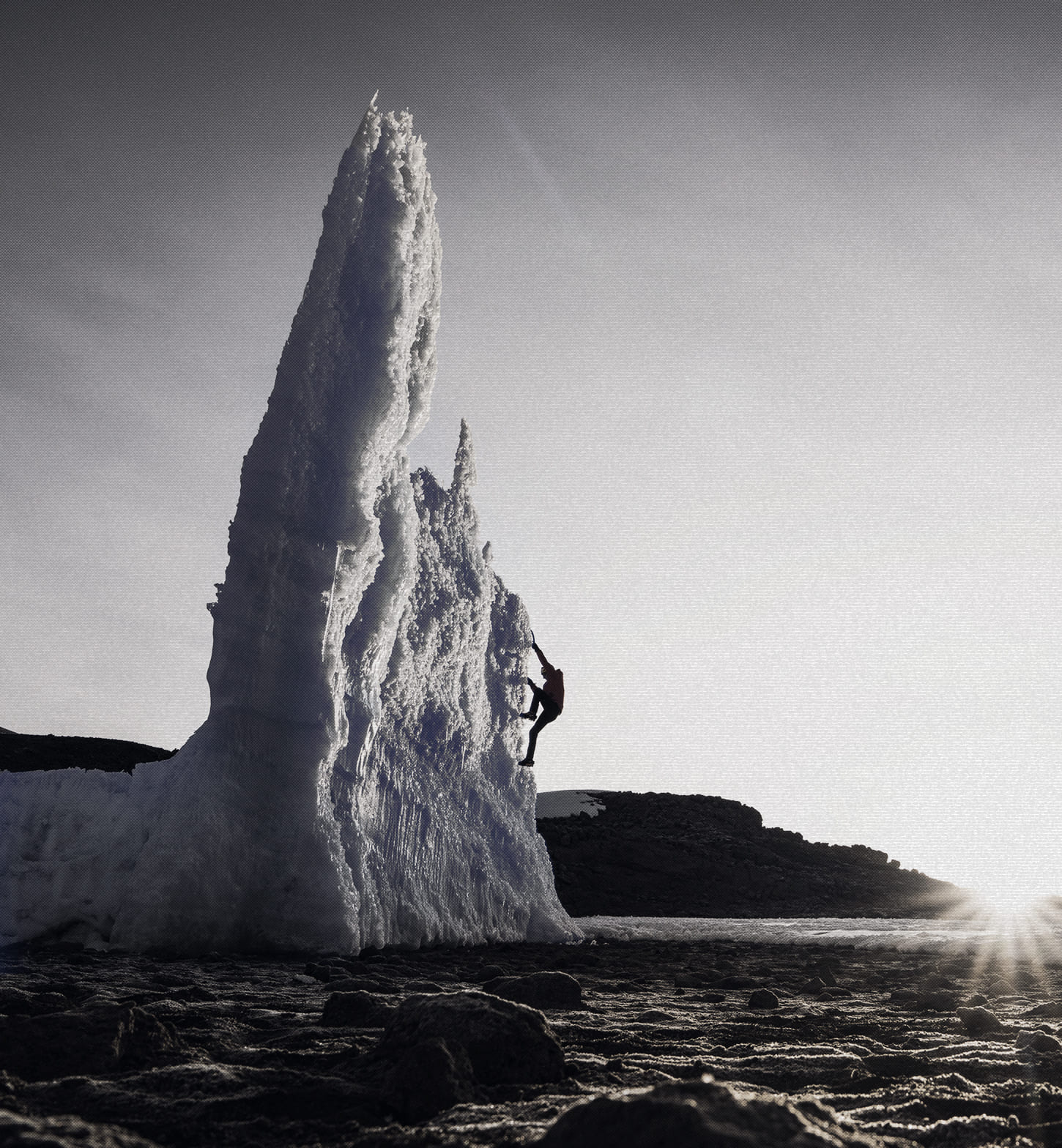
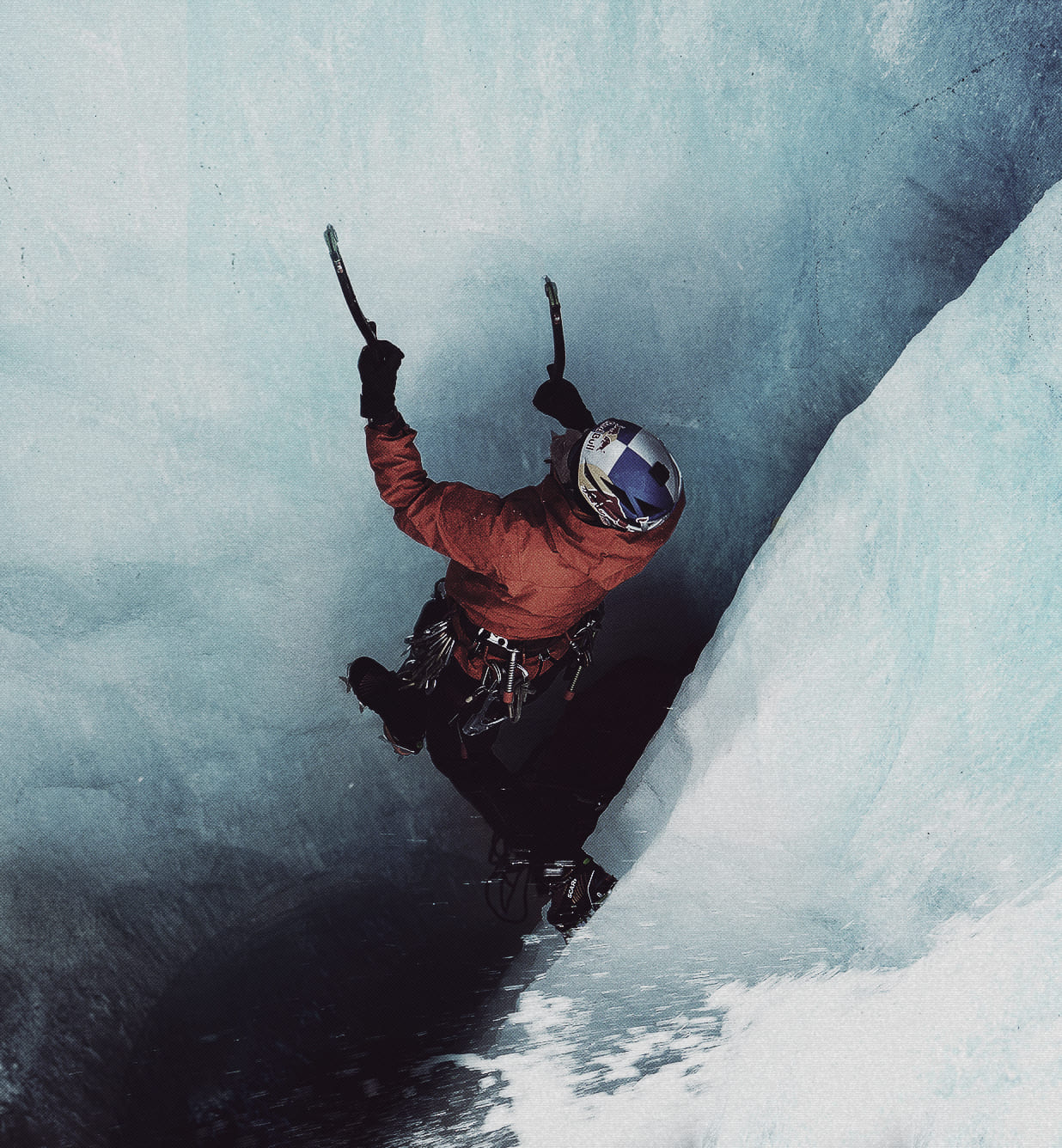
“AS A CHILD, GADD BELIEVED GLACIERS WERE TOO MASSIVE TO CHANGE.”

“WE’RE IN THE GOLDEN AGE OF ADVENTURE, WHERE ANYTHING IS POSSIBLE.”
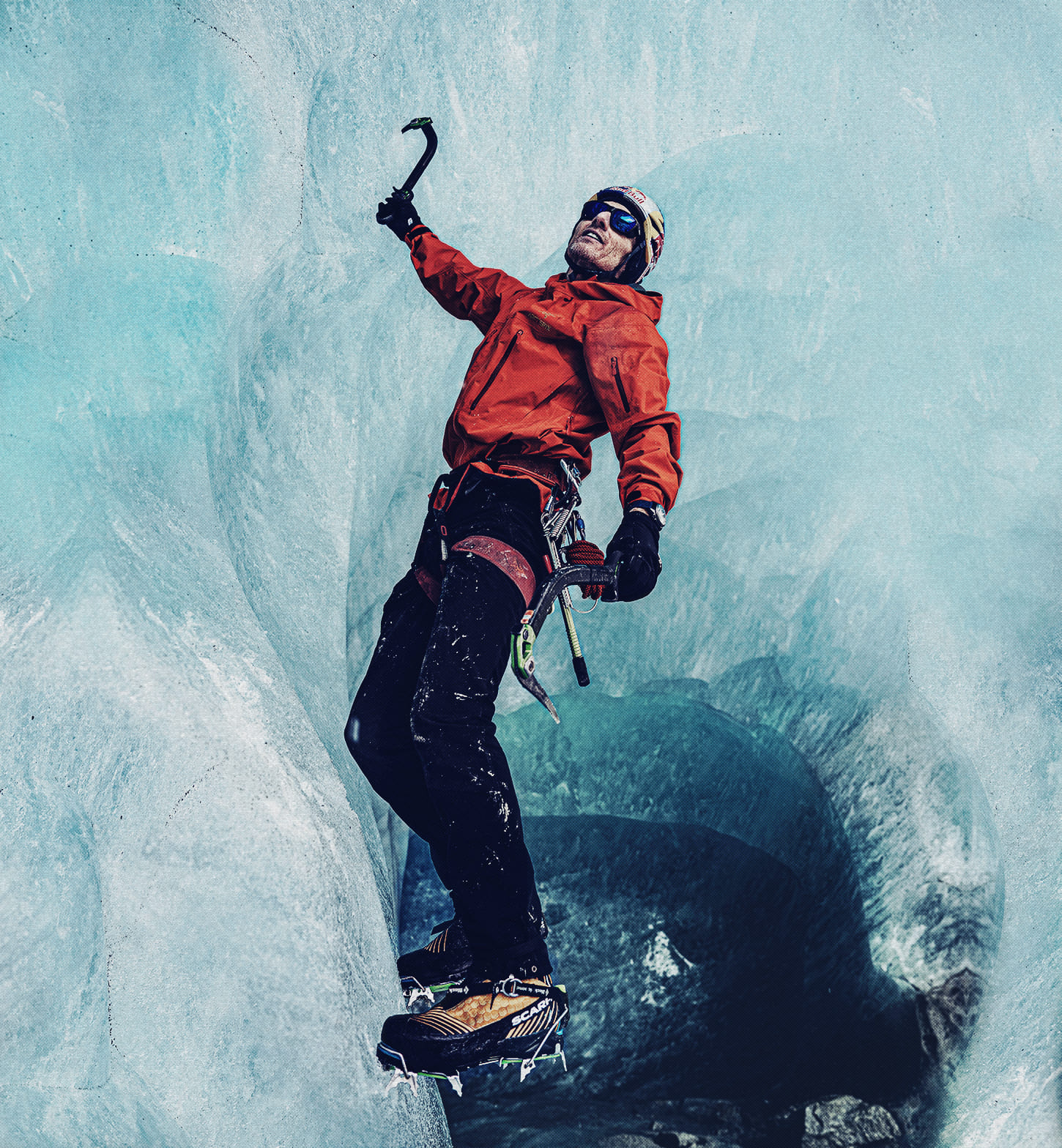
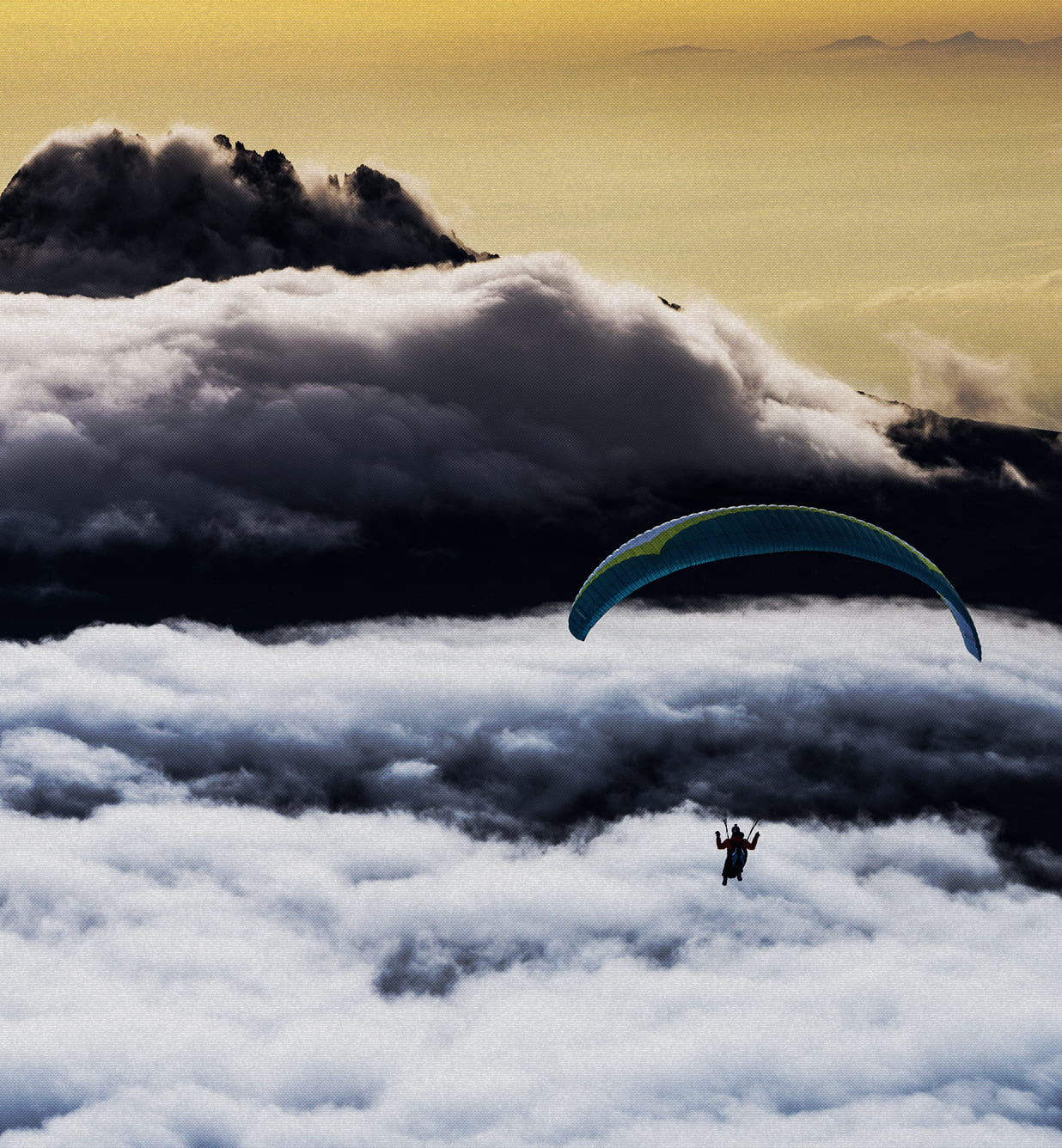
“THE PAST IS DONE. THE FUTURE IS THE POSSIBLE.” “THE PAST IS DONE. THE FUTURE IS THE POSSIBLE.”



THE LAST GLACIERSTHE LAST GLACIERSTHE LAST GLACIERSTHE LAST GLACIERS
THE LAST GLACIERSTHE LAST GLACIERSTHE LAST GLACIERSTHE LAST GLACIERS












